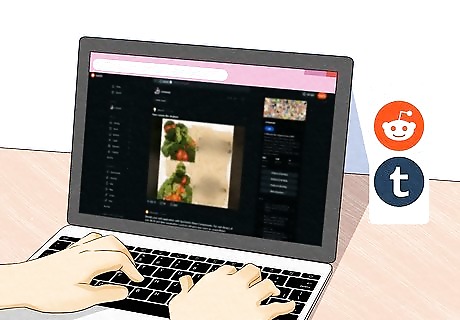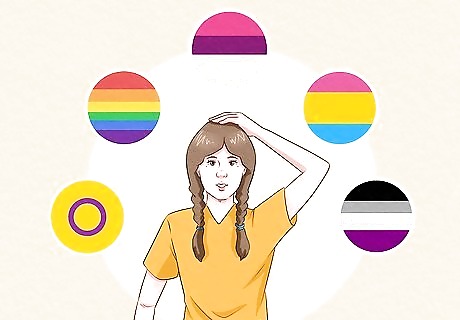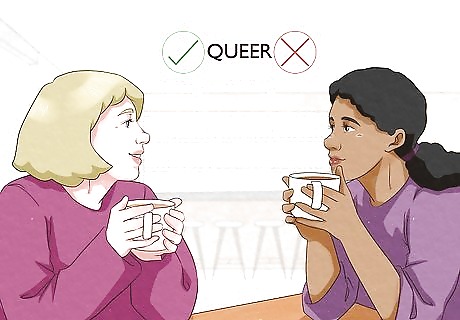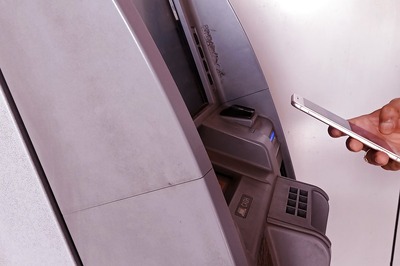
views
- “Semibisexual” is a sexual orientation describing someone who is typically attracted to just one gender but occasionally experiences attraction to other genders.
- It was created as a joke to mock newer LGBTQ+ terminology and marginalized identities. The term is controversial and not widely used in LGBTQ+ circles.
- More widely accepted terms for people who are attracted to more than one gender include “bi-curious,” “heteroflexible,” “homoflexible,” and “questioning.”
What is “semibisexual”?

It means you’re mainly attracted to one gender, with some exceptions. For example, you might identify as semibisexual if you usually prefer male or masculine-presenting partners, but still feel attracted to female or feminine-presenting folks on rare occasions. In this case, “semibisexual” might feel more accurate than “bisexual” since you don’t feel equally attracted to both genders. You could also identify as “semibisexual” if you feel attraction towards both male and female biological sexes, but are only attracted to one gender presentation. For instance, someone may be exclusively attracted to feminine or female-presenting people regardless of their assigned sex at birth. The term may also apply to someone who is romantically attracted to only one gender, but is sexually attracted to more than one gender. In this context, “sexual attraction” and “romantic attraction” are considered distinct. People who identify as “curious,” “fluid, or “flexible” may adopt the term “semibisexual” instead of using more common terms like “bicurious” or “heteroflexible.” Keep in mind that the term “semibisexual” is controversial and not commonly used within the LGBTQ+ community.
History & Controversy

“Semibisexual” was created as a joke to mock queer labels and identities. It started as a meme on Reddit or tumblr, where it’s often used to make fun of efforts to create new, inclusive terminology for queer identities. Newer, lesser-known terms like “omnisexual,” “demisexual,” “aromantic,” and so on, are seen as unnecessary and absurd, despite their widespread use in the LGBTQ+ circles. “Semibisexual” was invented to mock these terms and the people who use them. The word “semibisexual” is deliberately odd and contradictory. This is a nod to the belief, shared by some folks and internet trolls, that newer LGBTQ+ labels are silly or meaningless, even though they're perfectly valid. The satirical “Semibisexual Pride Flag” has three stripes: pink, purple, and white, from top to bottom. The white replaces the blue stripe on the Bisexual Pride Flag.

Some argue that “semibisexual” invalidates or minimizes bisexuality. Bisexual people are often underrepresented in mainstream culture and LGBTQ+ circles. They’re sometimes mocked and misrepresented as being “indecisive” or unable to accept being homosexual. Occasionally, they’re even treated as outsiders or traitors in gay and lesbian social circles. In light of these struggles, some bisexual people believe “semibisexual” contributes to “bi-erasure”—an effort to make bisexuality less visible, or to treat it as fake or illegitimate (which it most definitely isn't!). Some people argue that bisexuality doesn’t have to be 50/50. For instance, someone may be attracted to masculine people 80% of the time, and feminine people 20% of the time. In this scenario, that person may still consider themselves bisexual, or they may opt for another term like “gay-leaning” or “homoflexible.”
Other Labels & Terms You Can Use Instead of “Semibisexual”

Bi-Curious: If you're “curious” may be considering engaging in sexual activity with someone of a different gender than they’ve previously engaged with. For instance, a woman who has previously only dated men may call herself “bi-curious” if she’s open to kissing another woman. She may have already done so and enjoyed it, or at the very least wants to try it again. These experiences may help her decide if she’s straight, bisexual, or something completely different. Being “curious” doesn’t automatically make a person bisexual. A person may be open to new experiences without necessarily being attracted to multiple genders. The level of “curiosity” can be strong, mild, or in between. Gay and lesbian people can also be bi-curious. Not 100% where your own sexuality falls? Check out wikiHow's Sexuality Quiz or Am I Bisexual test to take a closer look at your preferences.

Heteroflexible or Homoflexible: Being “flexible” just means that your sexual orientation isn’t totally rigid. A gay man who is nonmonogamous, for instance, might occasionally enjoy group sex with both male and female partners. Recognizing this, he might consider himself more “homoflexible” than “homosexual.” Likewise, a straight woman who has previously kissed a female friend might consider herself “heteroflexible” rather than "bisexual" or "heterosexual." Trans, nonbinary, and gender-nonconforming folks may prefer to use “adroflexible” or “gynoflexible,” since these terms can apply to a person of any gender. See below for definitions. “Adroflexible” is used by people of any gender who are primarily attracted to men, but occasionally feel attraction to other genders, including women and nonbinary folks. “Gynoflexible” refers to folks of any gender who are typically attracted to women, but are sometimes attracted to men and other genders.

Queer: This term is used across the LGBTQ+ community and encompasses all non-cisgender, non-heterosexual identities. It’s deliberately nonspecific and inclusive, so you’re free to use it in place of “semibisexual” if you like. “Queer” can also be used in conjunction with other, more specific terms. For instance, someone can identify as queer and bisexual, or queer and transmasculine, or even genderqueer. The word “queer” was once considered a slur, but it’s been reclaimed by LGBTQ+ people and is usually acceptable to use, even by folks outside of the community. Not all LGBTQ+ people use the word “queer.” Some prefer more specific labels like “gay,” “transgender,” and so on. At the end of the day, what matters most is choosing a label that feels like a good fit. Wondering this label could be right for you? Take a closer look at your own preferences with wikiHow's viral Am I Gay Quiz.

Questioning: If you're “questioning,” you're openly undecided about your sexual identity. Some questioning individuals, for example, might actively date or have sex with people of different genders, or they might simply acknowledge their attraction without acting on it. Some may reach a definitive conclusion and take on another label, like “gay” or “bisexual.” Others might experiment sexually without feeling a need to label themselves at all. Keep in mind that your sexual identity can absolutely change over time. For example, a man who considers himself straight may begin questioning his sexuality before concluding that he’s actually gay or bisexual. Don't be afraid to question your sexuality, even if you originally identify as straight. Check out wikiHow's Am I Straight Quiz to help you get a better sense of your identity and preferences.
How to Check If an LGBTQ+ Term Is Okay to Use

Ask someone in the community if a term is OK to use. Chat with a friend or family member who’s openly LGBTQ+ and comfortable sharing their perspective, or feel free to post a question in a well-moderated LGBTQ+ forum like Reddit’s r/AskLGBT. Ask what the term means, who it applies to, whether it’s widely used, and what contexts it’s safe to use in. For example, you can ask about the word “queer,” which is widely used in LGBTQ+ circles today but was once considered a negative term. Q Chat Space and TrevorSpace are great online communities where you can connect with other members in a safe, LGBTQ+ space.

Research unfamiliar terms on LGBTQ-friendly educational sites. Review the list of popular LGBTQ+ terminology compiled by the Human Rights Campaign. For a more comprehensive list, check out the LGBTQIA Glossary on the University of California, Davis’ website. You can also search for terms on Dictionary.com. If you can’t find the term you're looking for, post a question on a well-moderated LGBTQ+ forum, such as the subreddit r/AskLGBT.


















Comments
0 comment